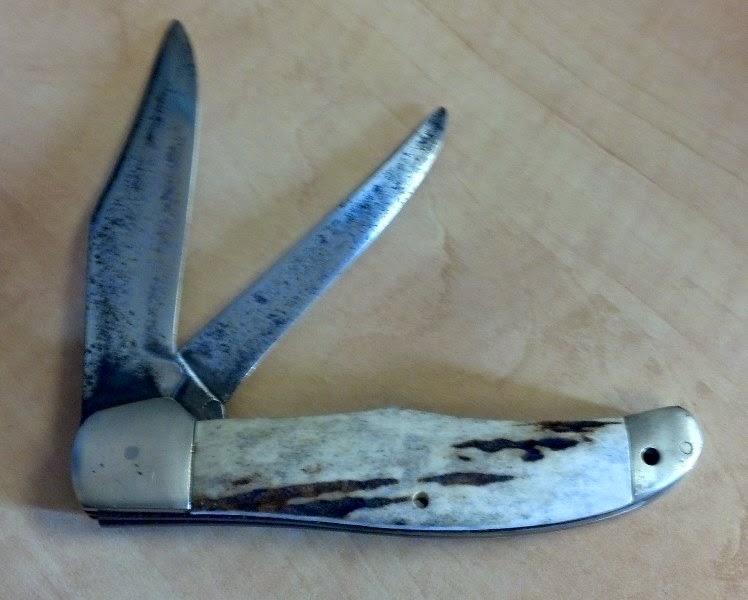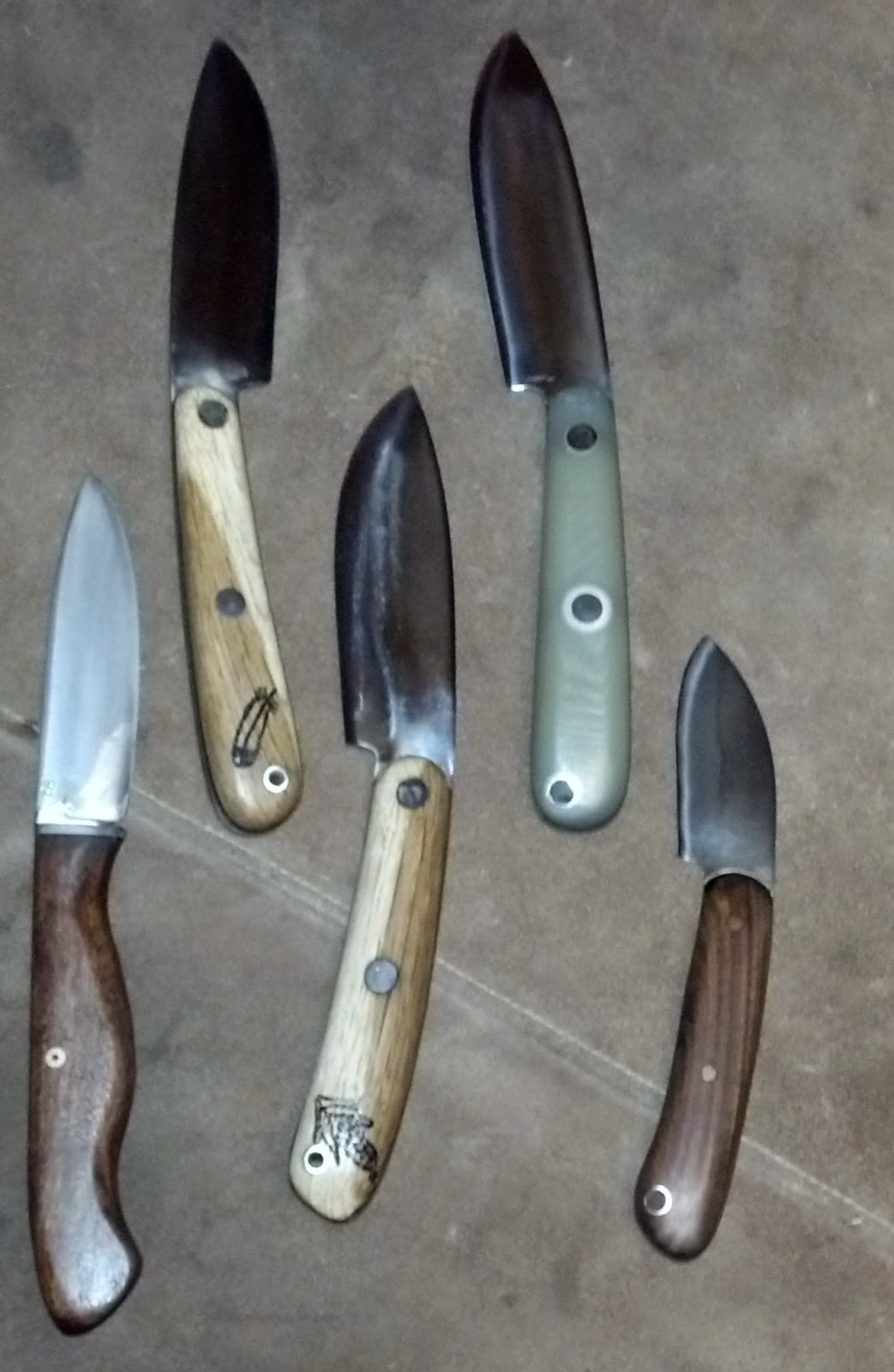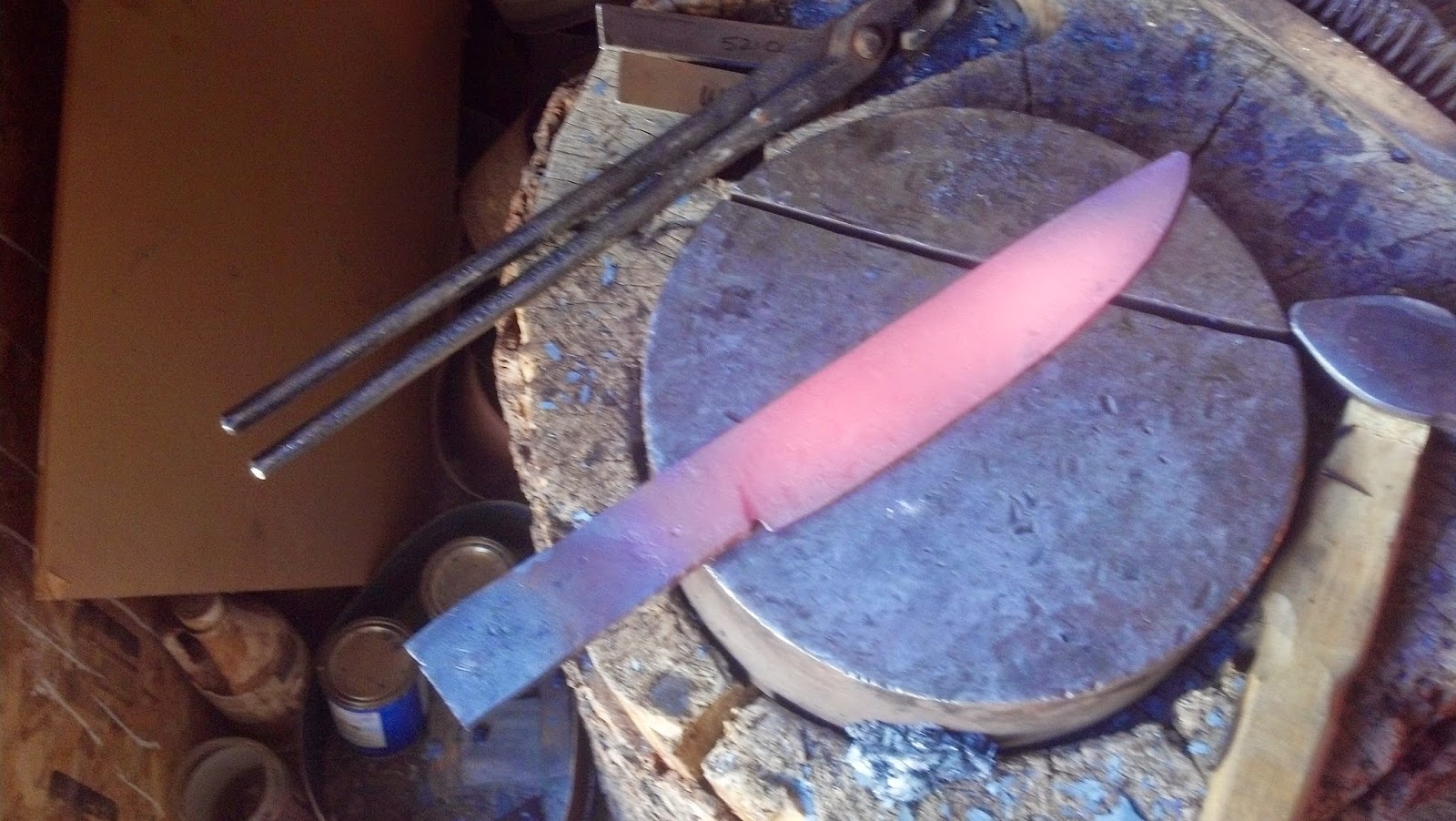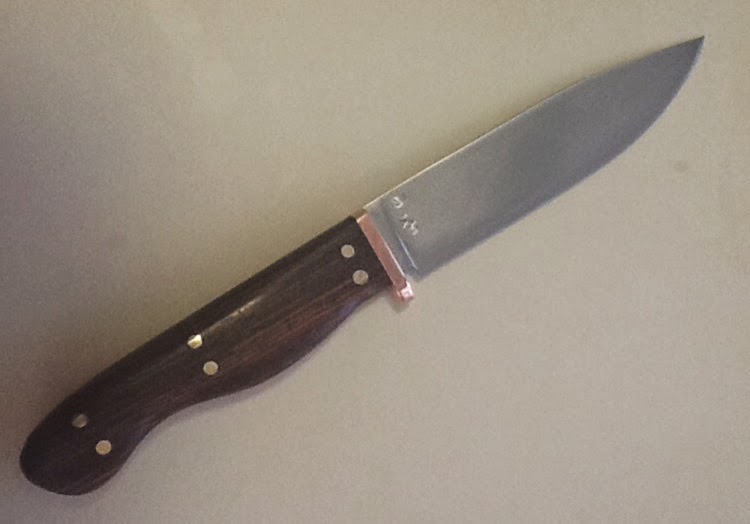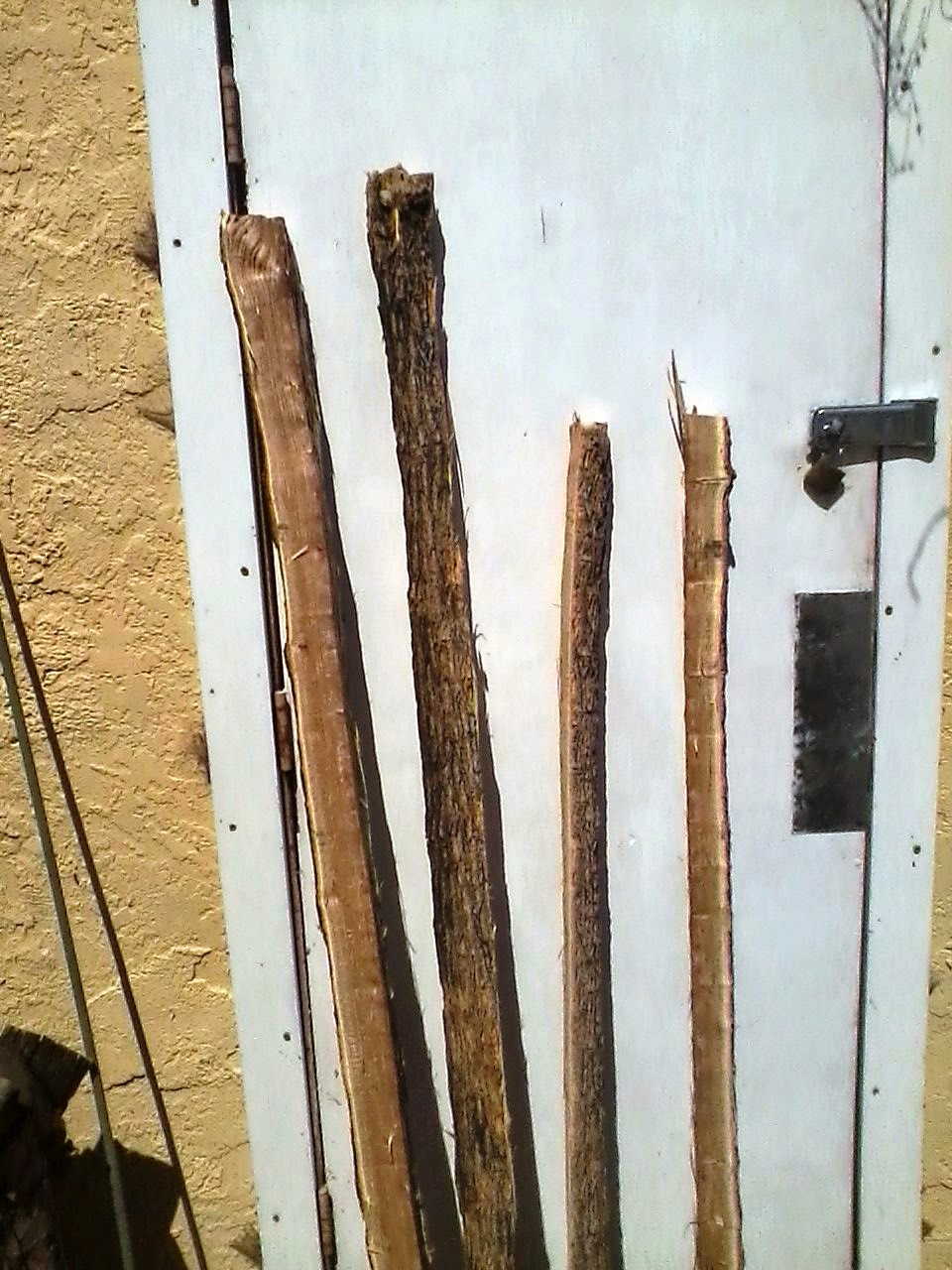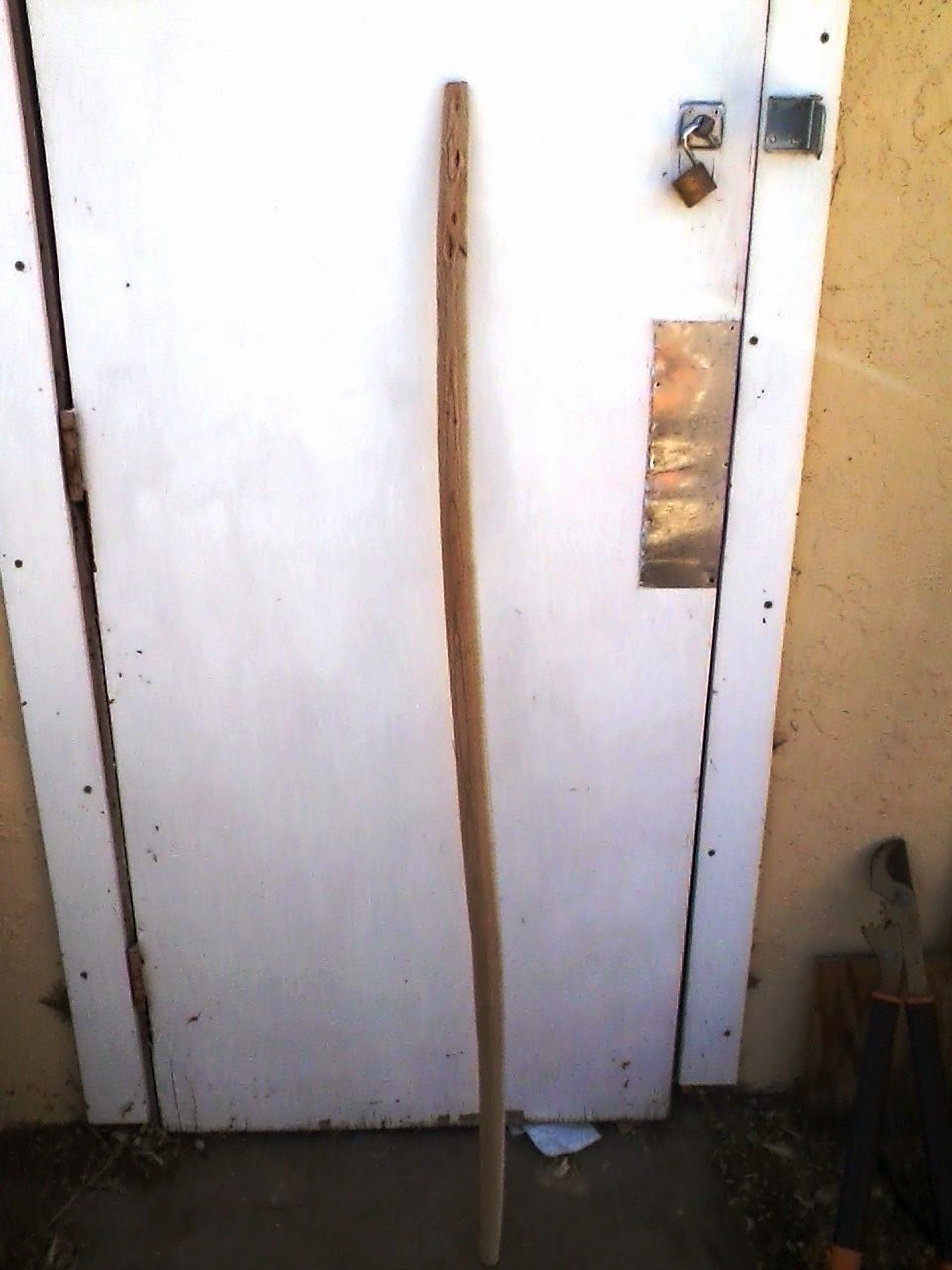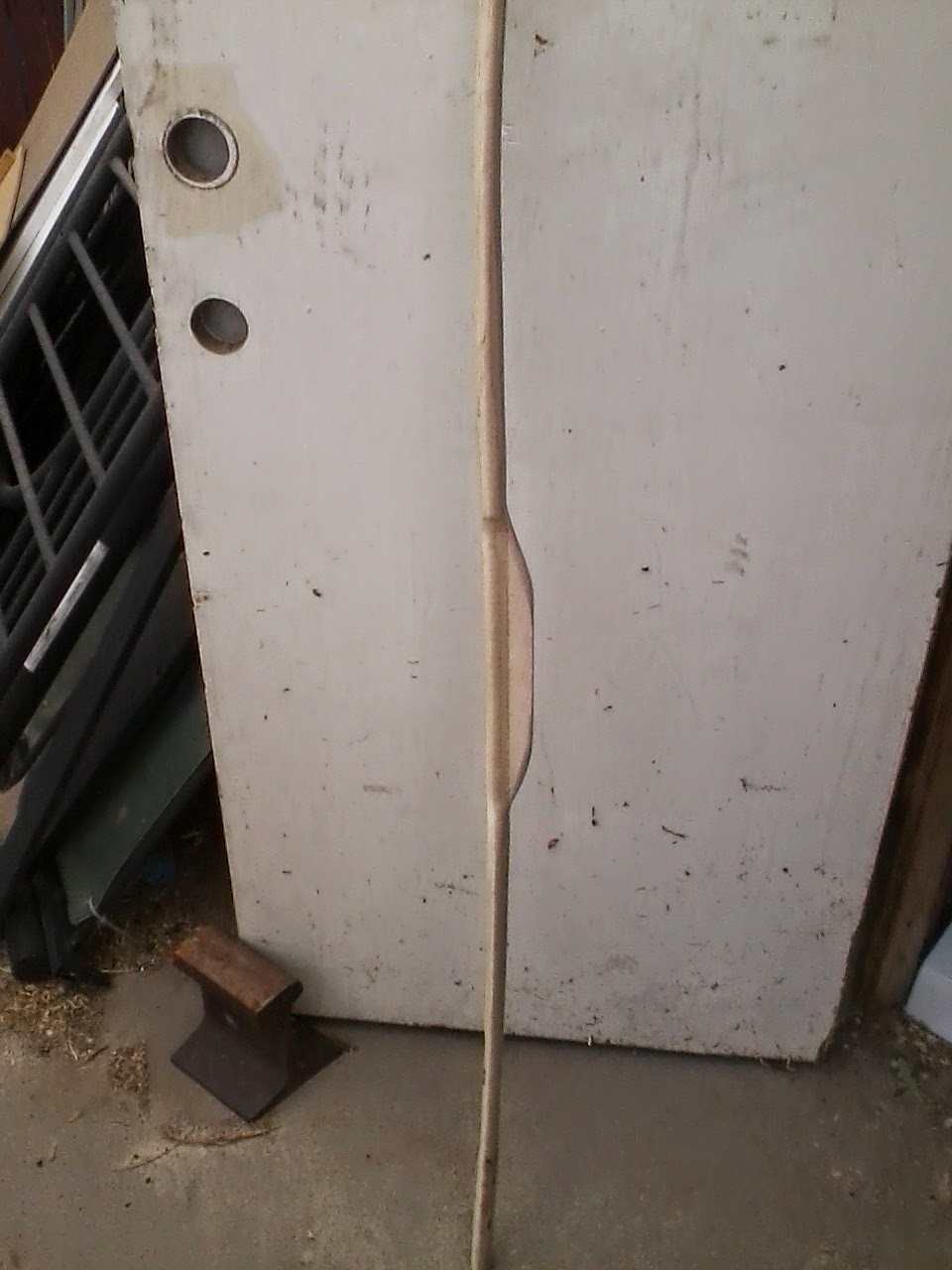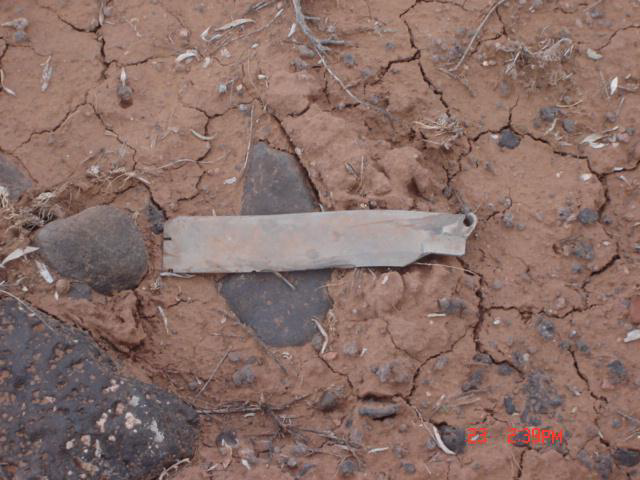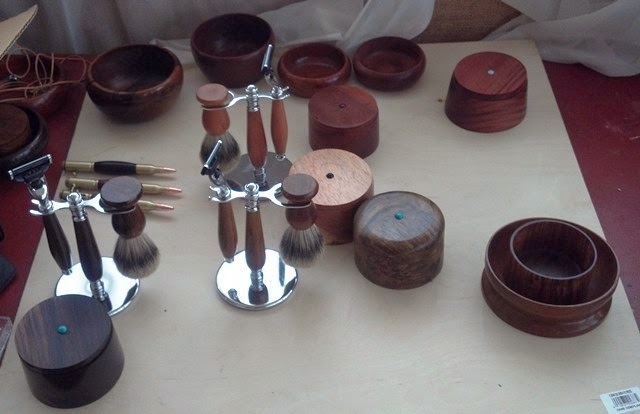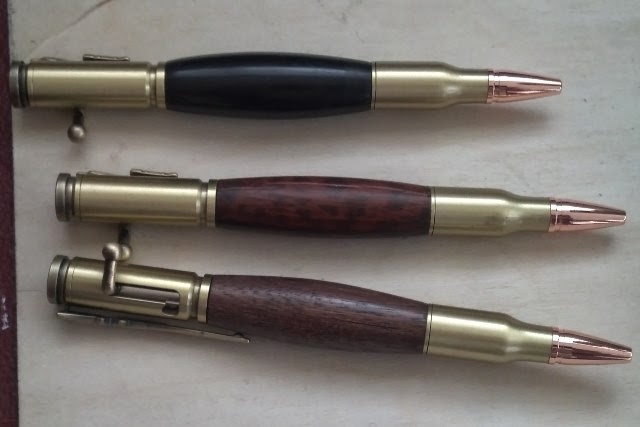Zombies are popular these days, and have shown remarkably
good resilience. I remember about 7
years ago, Erica and I thought that we should start up a restaurant called
Brain O’Brains, a zombie themed pub (just think of all the options with eggs
alone “this is your brain on…” , we knew it would be a hit, but decided that it
would be too much work. Anyway, Zombies
are cool, and people post zombie killing tools in all kinds of forums, so what
would I do?
I guess it would depend on the type of zombie…are we talking
World War Z zombies? Night of the living dead zombies? 28 days later zombies?
Shaun of the dead zombies? Can your zombies climb trees? Do they think? Are
they fast or slow?
Generally, I think the best method would be to avoid the
zombies, and avoid civilization. Seems
like zombies usually like to congregate where there is good food…zombie food at
least. Most of the epidemics don’t seem
to impact wildlife populations either, no zombie deer chasing down other deer,
zombie birds attacking other birds, etc…
So, best case, slow, stupid zombies that can’t climb.
Worst case, fast thinking zombies that just want to eat you
but can do pretty much whatever you can, but don’t feel pain, or need to rest.
I’d probably leave town, head for the hills, and hope to
deal with smaller numbers of whatever kind you happen to have.
Equipment-wise, I’d want some basic hand tools to build a
shelter. Some non-perishable food to tide me over if possible when hunting is a
challenge, or there are too many zombies about.
A good recurve bow and lots of arrows with some extra strings to hunt
with, not a gun, since noise seems to attract most zombies. And some sort of blade on long stick. That way, you can hide up in the trees and
lop the heads off of passing zombies.
A machete is a good tool for close in work (if you don’t
have a handy tree) or an axe, which is probably a better tool, but the short
edge makes the decapitation swing a bit more challenging.
The inspiration for this post, other than the many zombie
movies and shows over the past few years, was the Machete that I just finished. It’s not quite a Zombie Tools machete, but I’m
still pretty happy with how it turned out.
AR82 - 1095 high carbon steel Machete, peened blade with
carbon scale left on, 17 ¼” Blade; 22 ¾” overall. Bubinga handle, with steel pins, leather
thong.
I also received another rusty knife to clean up. It’s an old
Kabar two blade folder. I’m still torn
about reconditioning knives, but generally if that’s what the owner asks for,
that’s what I’ll do. The remaining scale was Delrin, made to look like Jigged bone - I replaced the missing one with elk.
Sadly I haven’t made any progress on my folder
projects. I still need to do quite a bit
of work on the blades, and that’s before dealing with the handles. The long weekend didn’t help me any. Too much to do: The New Mexico State Fair,
taking Autumn to Bandolier, dealing with a computer hack.
I did make some progress on a special order – unlike my
standard one at a time, always different, I am working on six(!) that are all
the same style! I am doing them in 4
different steels, CruForgeV, CPM154, W2 and 52100. It will be interesting to see how they all
turn out.
Update: Tried water quenching the W2, and cracked both of
them. I am salvaging one as a much
shorter knife. I was hoping for a more
dramatic hamon, but it is still pretty subtle, even at 2500grit. I’ve tried a little acid etching, but not
really impressed with how that has turned out either. Either way, it’s almost time to add the
handle. The other handle is turning into a hidden tang
knife, and will be quite a bit smaller than the others.
So the 52100’s are the most similar, I am using oak for the
handles since it fits with the concept I am going for. I dyed the leather
liners mahagony, but I think it will be pretty subtle since a lot of it will
probably get sanded away. I’m debating
doing some file work on the spines, and will probably do some wood burning on
the handles.
The CruV (not pictured) is much
thicker than the others and stretched so much that I had to trim it down again. After reshaping the distal taper it’s just as
lon as the others again. I am using the
hammer texture on the back half of the blade of that one – I like how it is
turning out. My plan is currently to
leave the texture, but remove the scale.
I haven’t made much progress on the big kitchen knife that I
started, but its getting closer. The bolsters to make it into a faux integral as intimidating. One of these days I guess J
I also cranked out a bunch of pens, and have been selling them pretty much as fast as Erica posts them :)! .

